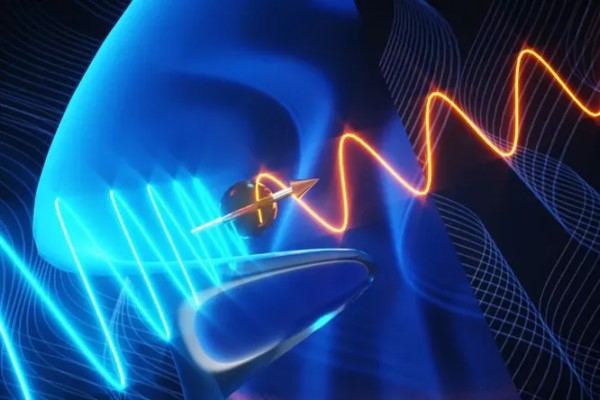Dubbed the axial Higgs boson, this particle was found using an experiment that would fit on a small kitchen countertop.

In addition to being the first of its kind, this magnetic “cousin” of the Higgs boson (the Higgs field is responsible for the mass of particles) It can be a candidate for particles of dark matter, which makes up 26% of the total mass of the universe, but manifests only through gravity.
In the Standard Model, different particles are carriers of different fields. For example, photons form electromagnetic radiation, and W- and Z-bosons are responsible for the weak interaction that controls decay at subatomic levels.
However, when the universe was young and hot, electromagnetism and the weak interaction were one field. As the universe cooled, the electroweak force “disintegrated”, the W-boson and Z-boson began to behave differently than photons: these are massive particles, their mass is ten times the mass of a proton, but they are short—lived – about 3*10 to minus 25 degrees of a second. Why did the particles become so heavy?
Physicists have long predicted a particle called the axial Higgs boson and even used it to explain dark matter, but scientists have managed to observe this particle. This is also the first time that physicists have observed a state with multiple broken symmetries.
Symmetry breaking occurs when a symmetric system that appears to be the same in all directions becomes asymmetric. The fact that this double symmetry breaking is still combined with modern theories of physics is exciting because it could be the key to creating hitherto unseen particles that could explain dark matter.
Adding this additional symmetry breaking via the axial Higgs boson is one way to achieve this. Despite what physicists predicted, the observation of such a Higgs boson came as a surprise to the team, and they spent a year trying to verify their results.
